|
By Jessica Fliginger Blanding's Turtle Field Technician 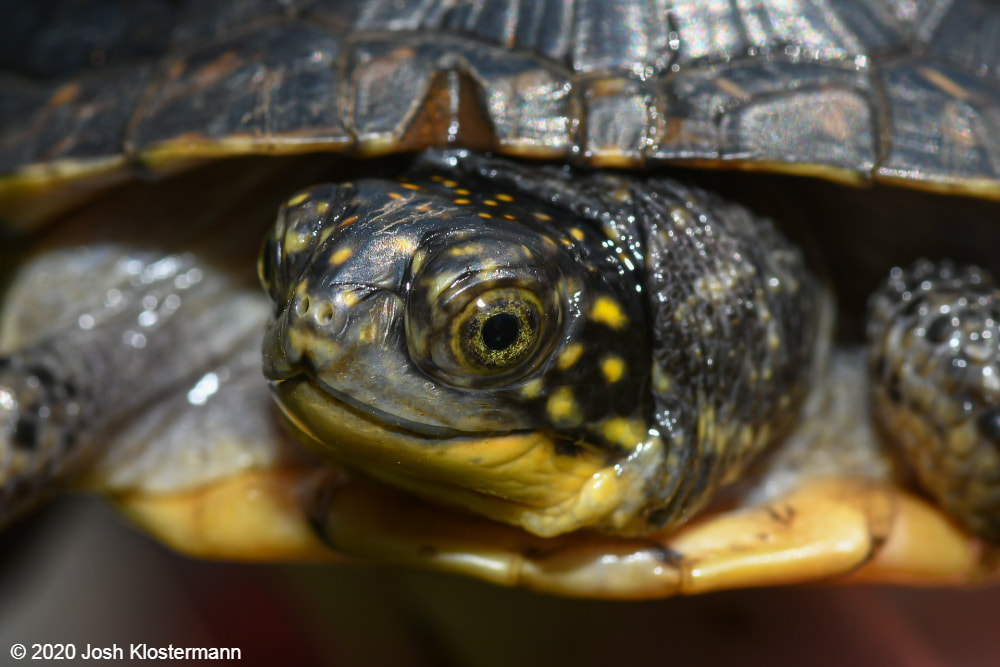 State-endangered Blanding's turtles call the wetlands of Nachusa Grasslands home. Head-starting programs hope to combat juvenile mortality and give young turtles a better chance of survival. Sprawled out in the palm of my hand, the fidgeting turtle eagerly stares at the glistening water ahead. I lower my hand to the surface water and can feel its tiny claws push off my thumb as it glides away. The turtle stops briefly to poke its head out of the water and scan its surroundings before vanishing into the sedges. The Blanding’s turtle, a long-lived, late maturing, semi-aquatic turtle, is a declining species in dire need of conservation efforts. Endangered in Illinois, Blanding’s face a multitude of threats including habitat loss and fragmentation, nest and hatchling depredation, road mortality, and commercial collecting. To learn more about the threats to Blanding’s turtles in Illinois, check out my previous blog post. Low juvenile survival, the main driver of population declines, has prompted many conservation agencies to intervene through head-starting programs, in order to provide protection for vulnerable hatchlings. In 2019, managers at Nachusa Grasslands and Richardson Wildlife Foundation initiated a joint head-starting program for endangered Blanding’s turtles in cooperation with the Forest Preserve District of DuPage County (FPDDC) and the Lake County Forest Preserve District (LCFPD). As a result, more than 70 one year-old Blanding’s turtles were released into native prairie habitat at Nachusa Grasslands and Richardson Wildlife Foundation. At each site, 37 head-starts were released, 20 with transmitters and 17 without. By equipping turtles with custom-built transmitters, scientists at NIU will be able to track and monitor their movements, growth, and survival — key information for a conservation-reliant species. Data collected will inform managers on critical areas for the turtles, in addition to what predators are present and the impacts they have on hatchling survival. As we have discovered, there are many components to developing and implementing a management plan for the Blanding’s turtle population at Nachusa, and measuring its success will be a long-term commitment. 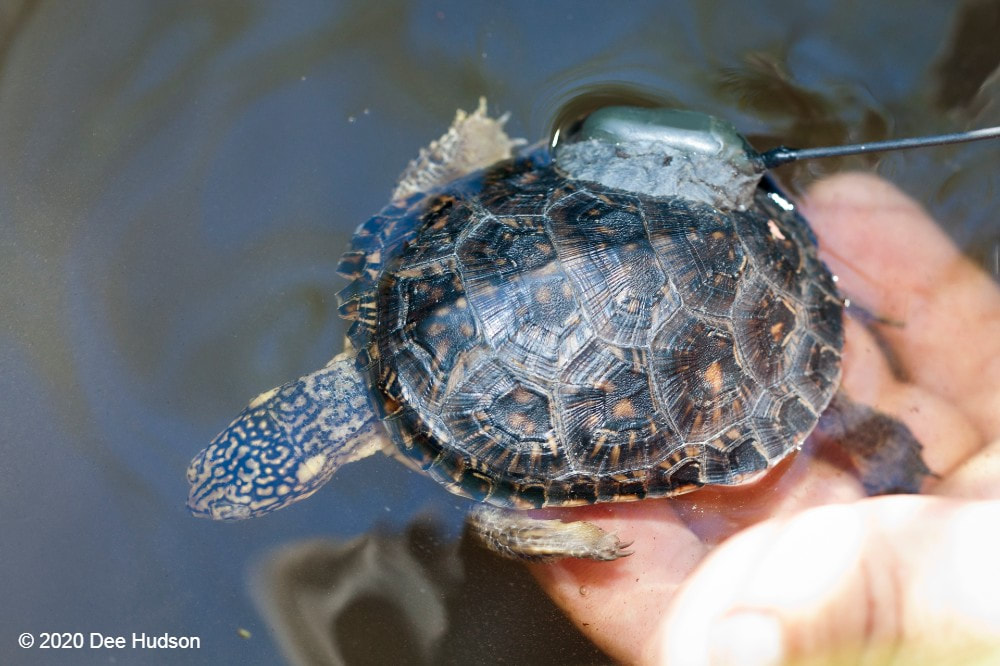 Equipped with a radio transmitter, a young Blanding's turtle is released into the water. This turtle will be tracked and measured to monitor its survival in the wild. The Blanding’s turtle head-starting program involves annual egg recovery from nests, incubation, and captive rearing of hatchlings. After assisting Dr. Richard King during nesting season for four years, I can say that catching a female in the act of laying its eggs is not an easy task. I’ve learned that every nest counts, especially because there are so few adult female turtles, and their clutch sizes are so small. Last year, Dr. King and I successfully tracked all females to their nesting sites and collected 41 eggs! Upon recovery, these eggs were transported to the FPDDC, where they were incubated. Since Blanding’s turtle sexes are determined by temperature, females were incubated at 30°C and males at 26°C. Once hatched, the LCFPD captive-reared the turtles for a year until they were released this June. After the 20 head-start turtles were released, I began tracking them using radio-telemetry three times per week. Although locating the small turtles has its challenges, I have grown to enjoy it. I collect data on GPS location, environmental variables (e.g. muck and water depth), and any notes on behavior if I can get a visual on them. The majority of the time the turtles are in the water, staying cool in the muck or trying to evade my presence by swimming away. On good days I will find them basking on logs or near the edge of the water. They are extremely skilled at camouflage, as their shells blend in with their surroundings. Every two weeks I physically locate each turtle to take measurements and confirm survival. Finding the turtles can turn into quite the ordeal; once I had to stick my arm down a crayfish burrow to pull a turtle out. It mostly involves digging through the mucky water and sifting through sedge root masses until I feel something hard. When I finally find the turtle, I weigh it (in grams) using a small scale and use calipers to take measurements (in mm) of its shell. I take measurements on carapace (upper shell) length, carapace width, plastron (bottom shell) length, and shell height. They usually flail their arms and legs as I take measurements, trying to pry away my calipers with their tiny claws. Although the turtles struggle, they have never attempted to bite me (unlike snakes, mice, and snapping turtles), making them the most pleasant animals to process. 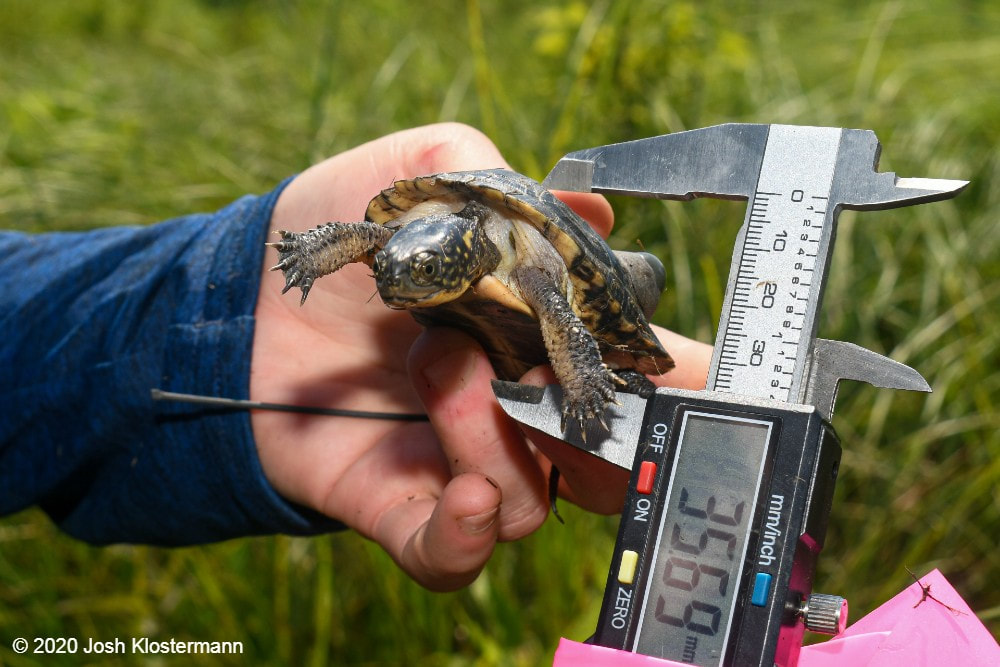 A released head-started turtle has its shell height measured, flailing its legs through the process. Digital calipers are a helpful tool when measuring wiggly turtles. This year, we managed to collect seventeen eggs for head-starting — a lot fewer than the previous year. Losing two of our adult females from 2019, in addition to several sneaky females nesting undetected despite regular checks, has impacted the number of eggs we were able to collect. In the future, we hope to locate new adult females so we can supplement the number of eggs admitted to our head-starting program. It has taken many years to accomplish our goal of a head-starting program and would not have been possible without support from the Friends of Nachusa Grasslands, Nachusa staff, NIU Biological Sciences Department, Forest Preserve District of Dupage County, and Lake County Forest Preserve District. Results from research on the head-starts will help guide future management plans for Blanding’s turtle populations at Nachusa and Richardson Wildlife Foundation. I’ve had a lot of fun tracking the Blanding’s turtles at Nachusa and it has made me appreciate what an incredible species they are. Blanding’s turtles are one of reasons why Nachusa Grasslands is such a special place. 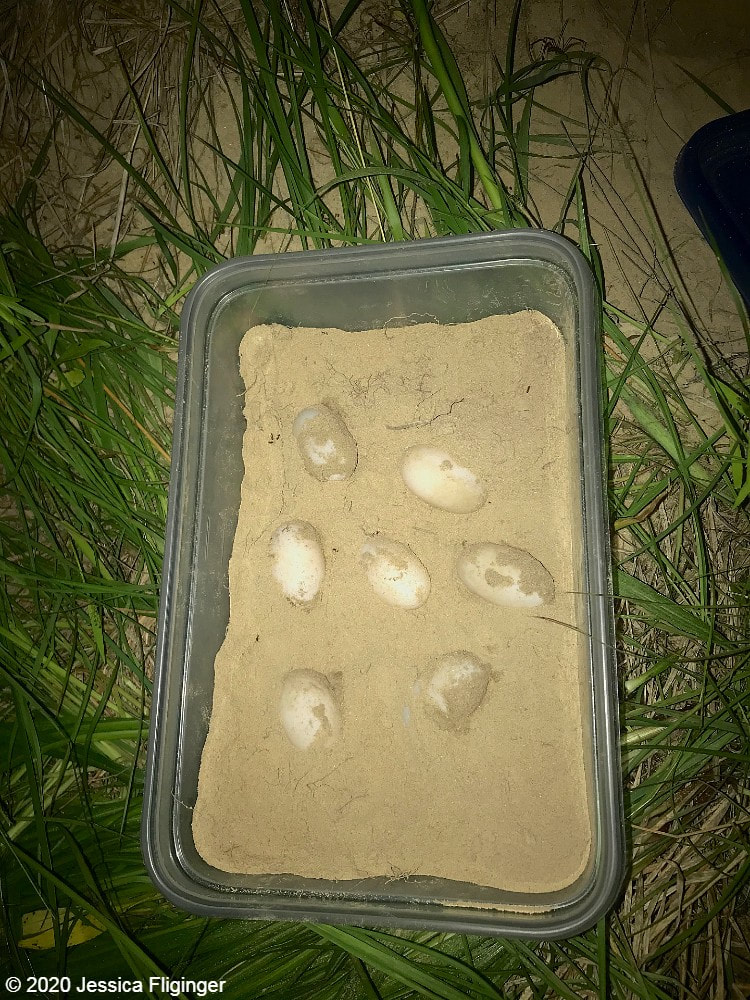 Some members of the next class of head-started Blanding's turtles. Though numbers of eggs were lower this year, the program will carry on! Dr. Richard King's ongoing research on Nachusa's Blanding’s turtle management strategies is supported with a Scientific Research Grant from the Friends of Nachusa Grasslands. If you would like to play a part in helping the turtles at Nachusa Grasslands, consider joining our Thursday or Saturday Workdays or giving a donation to the Friends of Nachusa Grasslands. Donations to Friends can be designated to Scientific Research Grants. Jess Fliginger worked for Nachusa as a restoration technician during the summer of 2016. She has continued to be involved at the preserve, helping researchers conduct fieldwork and gather data. Working alongside Dr. Rich King as a volunteer in 2016 and a field technician for the past three years, she has collected data on Nachusa’s Blanding’s turtles. In addition, she has been volunteering with small mammal research since 2015, and worked for Dr. Holly Jones as a small mammal field technician in 2019. Currently, she is monitoring the first-year Blanding's head-start turtles at Nachusa.
1 Comment
By Connor Ross Nachusa Restoration Technician It should go without saying that 2020 has been a pretty, let’s say, interesting and hectic year so far. The ongoing COVID-19 pandemic delayed the start date for the 2020 crew to the beginning of June also disrupted the scheduled prescribed burns earlier in the year. A diminished burn season, with one of the wettest Mays on record, means that our native vegetation has grown thicker and that the invasives have started to strike with a vengeance. The 2020 crew thus faces some unique challenges, especially as we are a smaller bunch this year, but we have already covered lots of ground and are ambitiously weeding and seeding. Our main focus these last few weeks has mostly been on controlling invasives. Already, we have been showering king devil, sweet clover, and birdsfoot trefoil with herbicide. Oxeye daisy and the occasional alfalfa plant have been sprayed when convenient, but unfortunately, the late start to the season means that we have been unable to control red clover. Nonetheless, the four of us have traversed quite a bit of acreage; we managed to sweep a full 70 acres for sweet clover on June 5th! Seed collection is ongoing and will increase as the season progresses. Already we’ve collected pussytoes, lots of wood betony, and the lovely prairie smoke! We’ve also learned that an abundant harvest of dwarf dandelion seeds won’t even constitute a handful, prairie ragwort will make you sneeze, and that you need an abundant supply of pantyhose to collect Hill’s thistle seed. The 2020 crew looks forward to collecting as much as we can this summer and dealing with the unique properties of each seed, from bunches of spiderwort that’ll dye your hands blue to the aptly-named porcupine grass seeds that will stab you through your work gloves! Meet the Crew
|
Blog CoordinatorDee Hudson
I am a nature photographer, a freelance graphic designer, and steward at Nachusa's Thelma Carpenter Prairie. I have taken photos for Nachusa since 2012. EditorJames Higby
I have been a high school French teacher, registered piano technician, and librarian. In retirement I am a volunteer historian at Lee County Historical and Genealogical Society. Categories
All
Archives
January 2024
|
CONNECT WITH US |
|
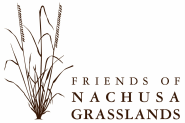
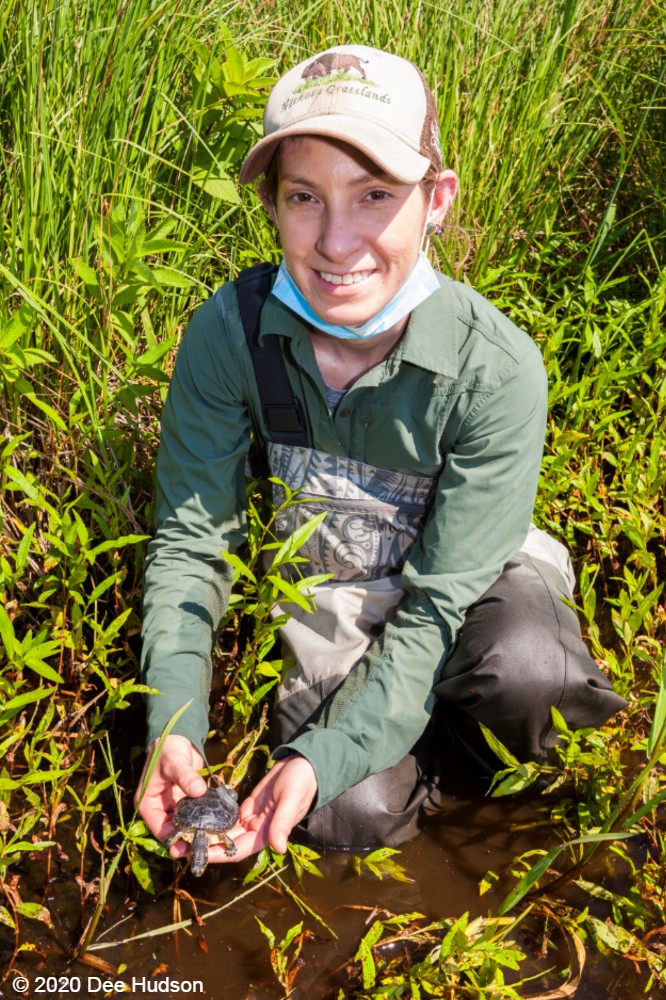
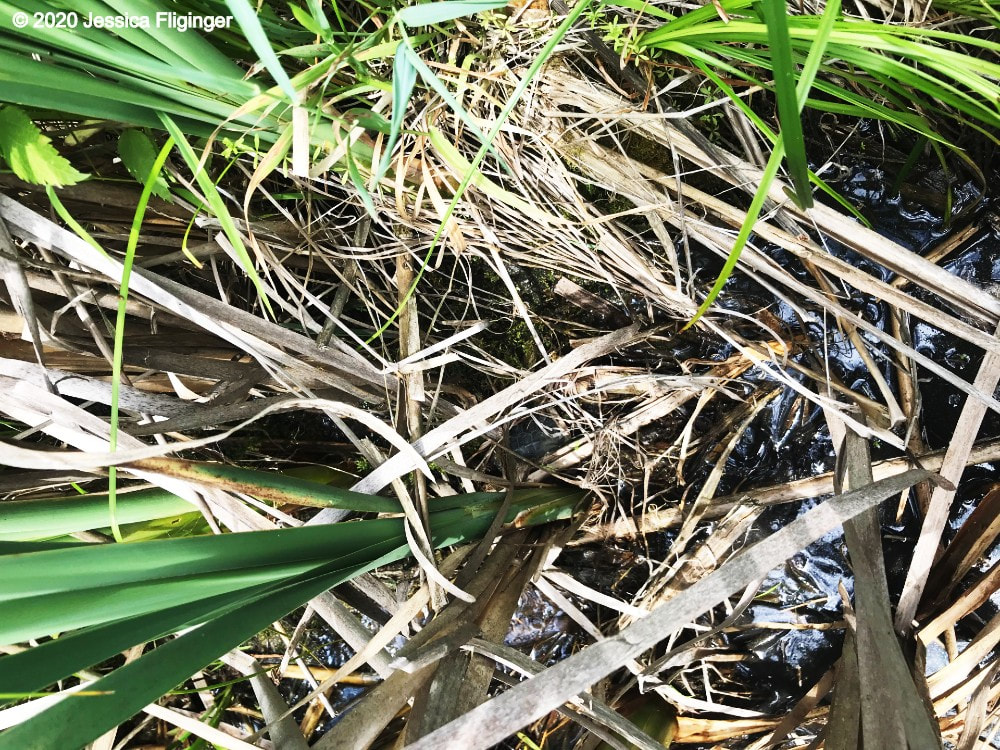
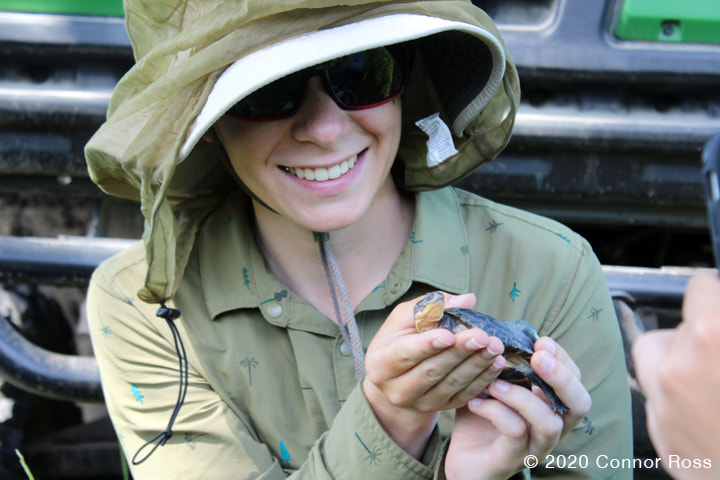
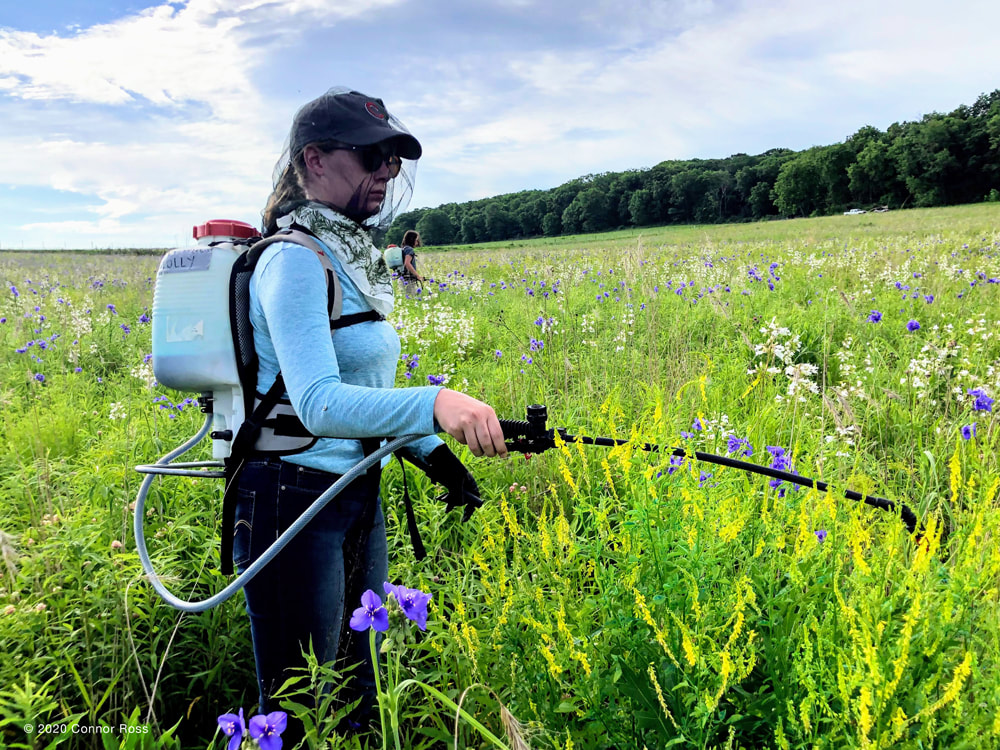
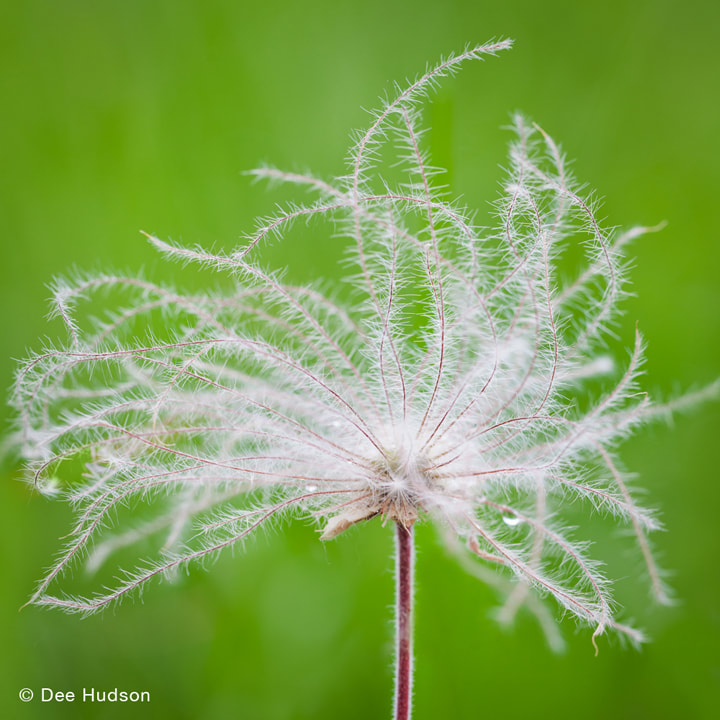
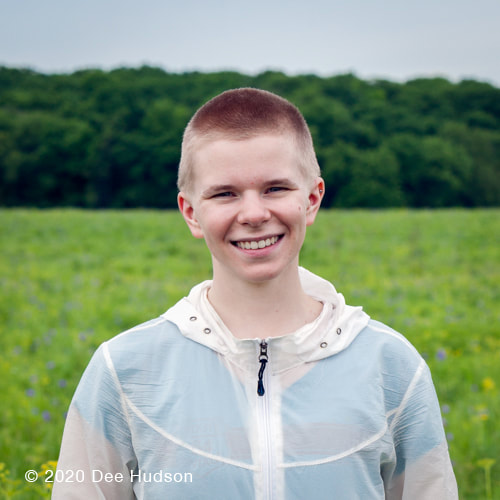
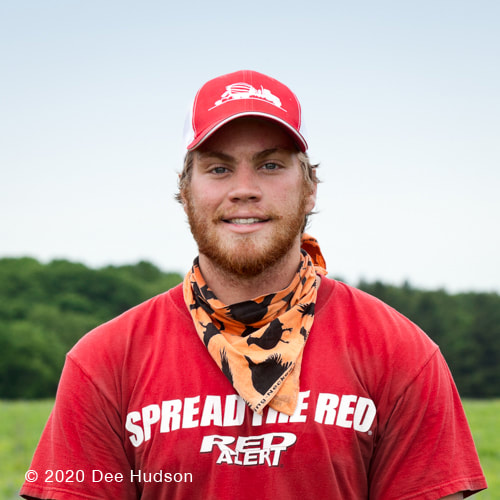
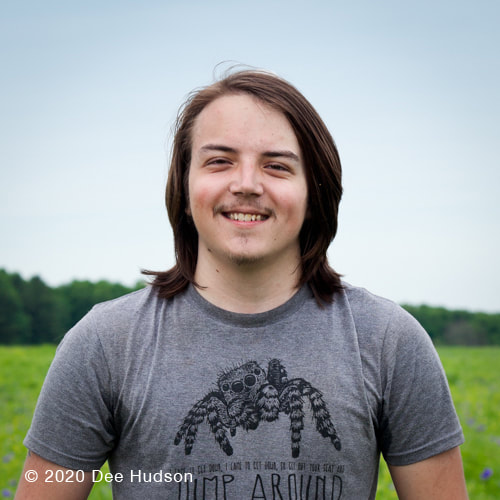
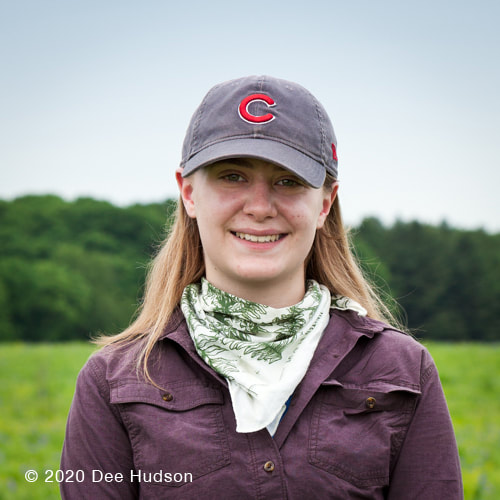
 RSS Feed
RSS Feed